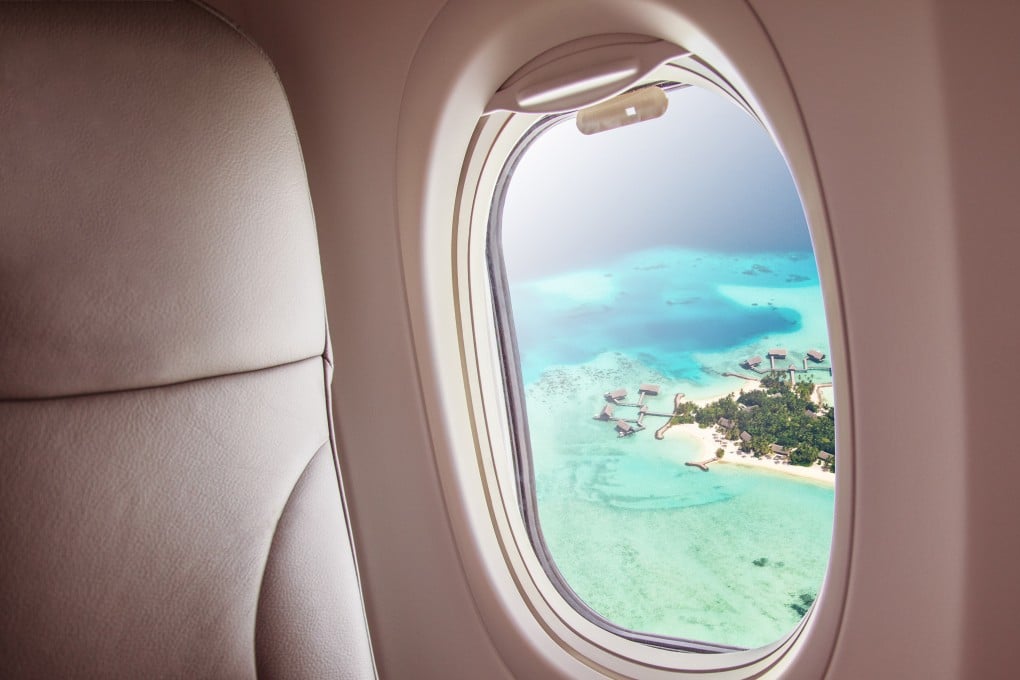Opinion | Asean reopening: aviation, travel approach shows the grouping is far from flying high
- As individual member states rush to reopen their borders amid the pandemic, Asean has again been found to be not up to the job
- ‘Implementation of collective decisions not a piece of cake’; organisation has not yet learned to prioritise regional good over narrow national interests

Without a doubt, Asean member states are breathing a sigh of relief. Cross-border travel within the grouping has now resumed among all its 10 member states with little or no restrictions in place.
Unfortunately, Asean as an organisation has not learned precious lessons from the pandemic. Two examples are pertinent here: the way Asean has sought to coordinate travel corridors between member states, and the crafting of individual aviation policies by separate countries.
Following a leaders’ declaration in November 2020, the grouping sought to set up the Asean Travel Corridor Arrangement Framework (ATCAF). The intention was to support Asean’s post-pandemic economic recovery and revive regional connectivity.
ATCAF entailed a ‘noodle bowl’ approach of bilateral exchanges of standardised information and accompanying standard procedures. This included pre-departure and post-arrival health measures.

